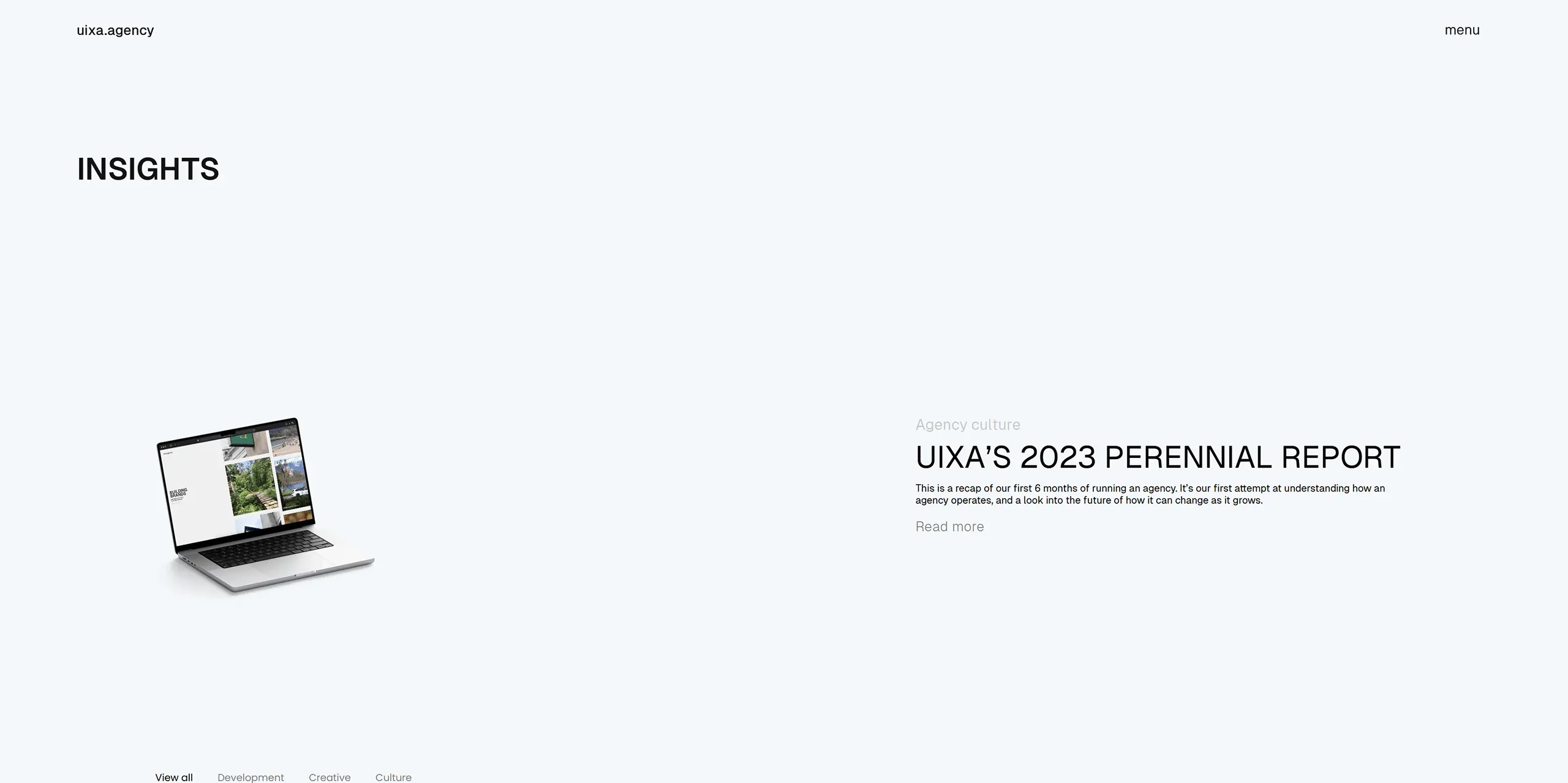Home > Light Makes the Shot
Light Makes the Shot
Why Lighting Can Make or Break Your Visuals
- Markus Pichorner
TL;DR
Lighting defines quality, emotion, and style. Natural light is authentic but unpredictable. Artificial light gives control and consistency. White balance keeps your colors accurate, and understanding both the technical and creative sides of lighting is what makes visuals stand out. Good light doesn’t just illuminate, it communicates.
Whether you’re shooting video or photos, lighting is everything. You can have the best camera and lens in the world, but if the lighting isn’t right, the final result will never look truly professional. Light shapes the mood, defines the subject, and directs the viewer’s attention. It’s what transforms a scene from average to cinematic.
Natural vs Artificial Light
Both natural and artificial light have their place in visual storytelling. Knowing when and how to use each one is what separates good shots from great ones.
Natural light is beautiful, soft, and free. It’s ideal for outdoor shoots, portraits, and authentic lifestyle scenes. The golden hours, right after sunrise and before sunset, give warm tones and long, flattering shadows that are almost impossible to recreate artificially.
Artificial light, on the other hand, gives you full control. Studio lights, LED panels, and softboxes allow you to shoot consistently regardless of time or weather. You can shape the mood precisely, whether that’s bright and clean for a product video or dark and dramatic for a moody interview.
The best creators often combine both. A window can provide the base light while artificial sources fill shadows or highlight key areas.
Why White Balance Matters
Light doesn’t just differ in brightness. It also changes in color temperature. Sunlight can be cool or warm depending on the time of day, while LEDs or tungsten bulbs can vary widely. White balance ensures your camera interprets those colors correctly.
Get it wrong, and your whites turn orange or blue. Get it right, and your colors feel natural, balanced, and true to life. Understanding white balance is especially important when mixing different light sources. For example, sunlight and indoor bulbs often clash without adjustment.
Lighting as a Creative Tool
Light is more than a technical necessity, it’s one of the most powerful storytelling tools you have. It sets mood, emotion, and focus. Soft, diffused light feels calm and intimate. Harsh, directional light creates drama and tension. Shadows can add depth, mystery, or texture.
Even small adjustments, moving a light closer, bouncing it off a wall, or slightly warming the tone can completely change how your subject feels.
Why It Matters for Brands and Businesses
When producing company videos or photos, lighting is what makes your visuals look credible and high-end. Poor lighting can make even the best product look cheap, while good lighting builds trust and draws attention. For marketing content, it’s one of the biggest differentiators between amateur and professional results.



